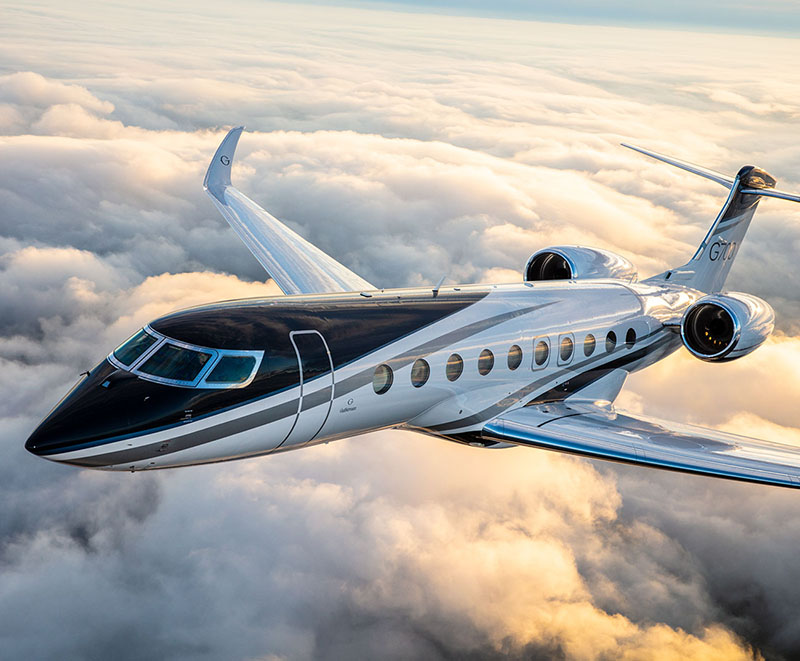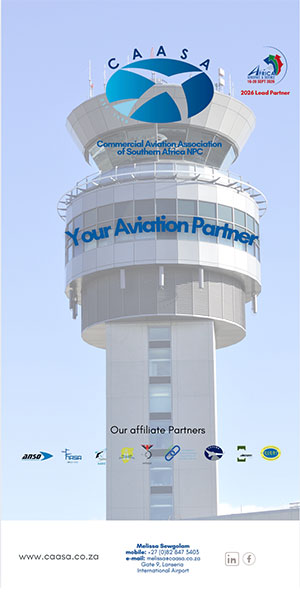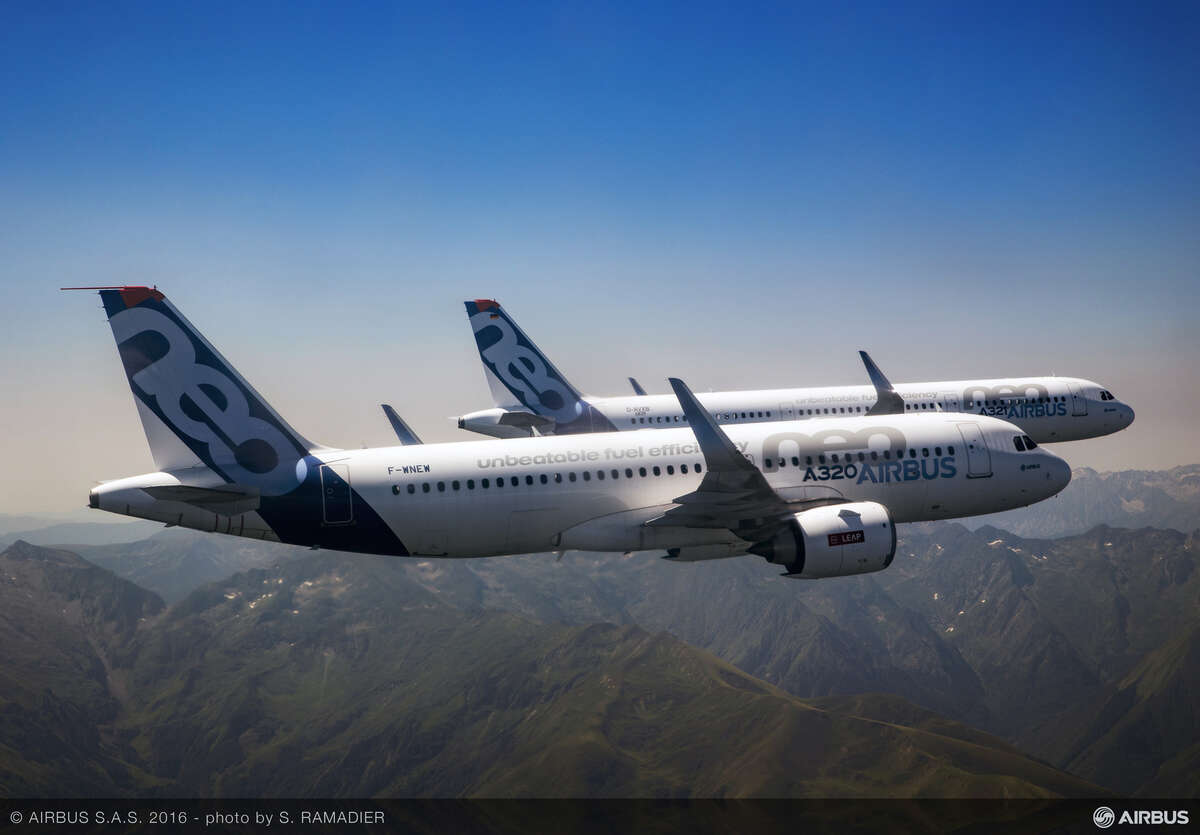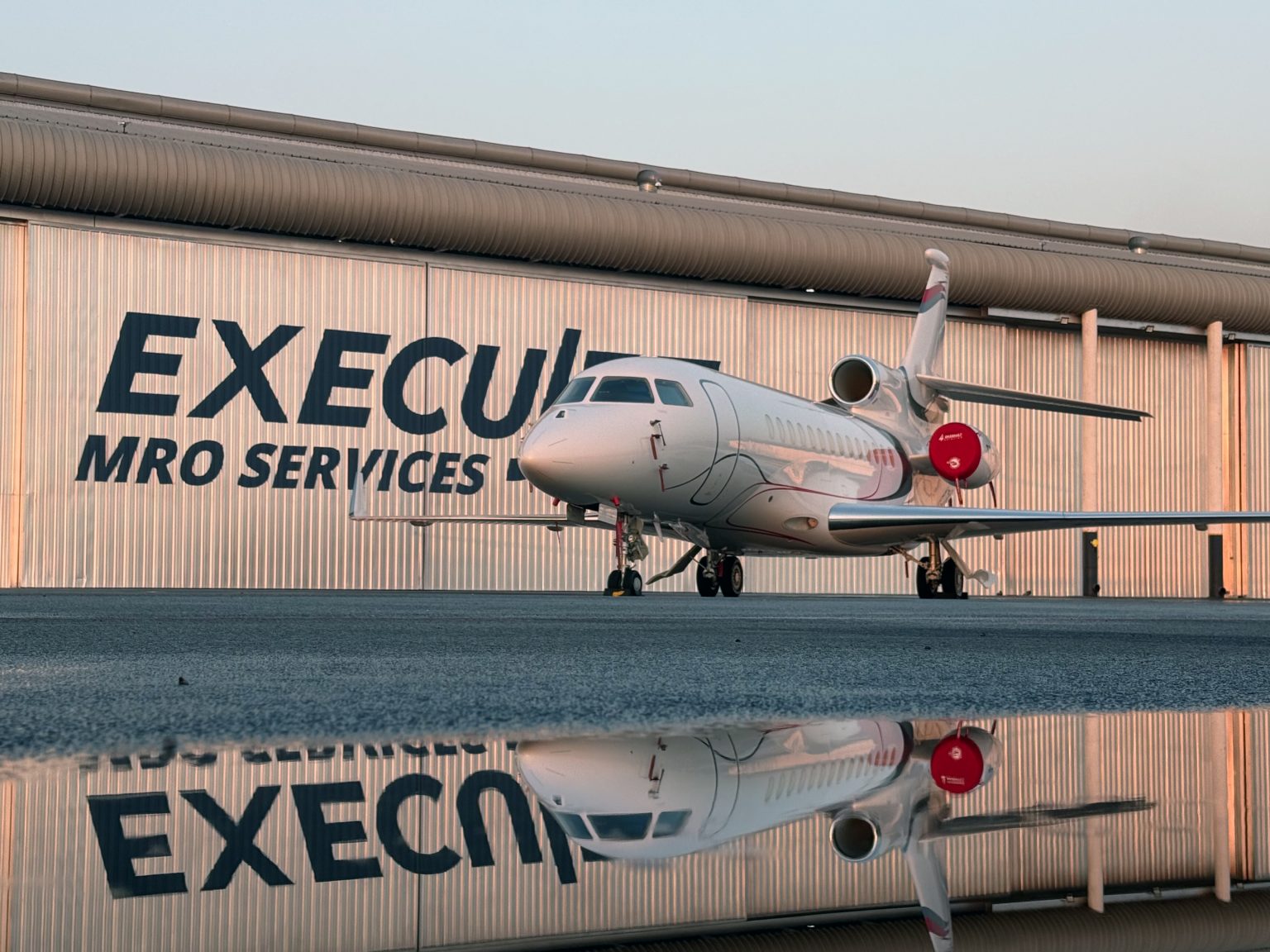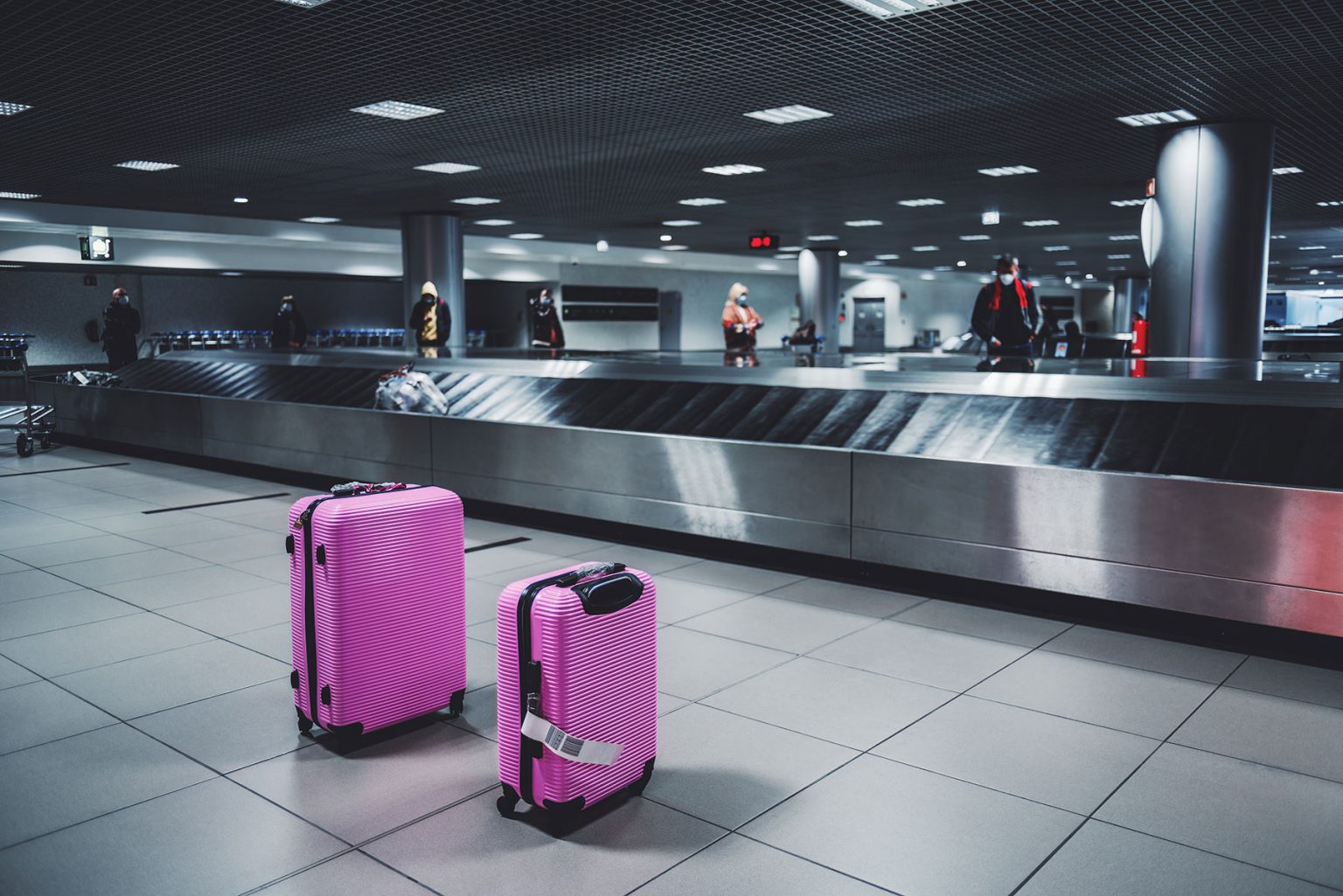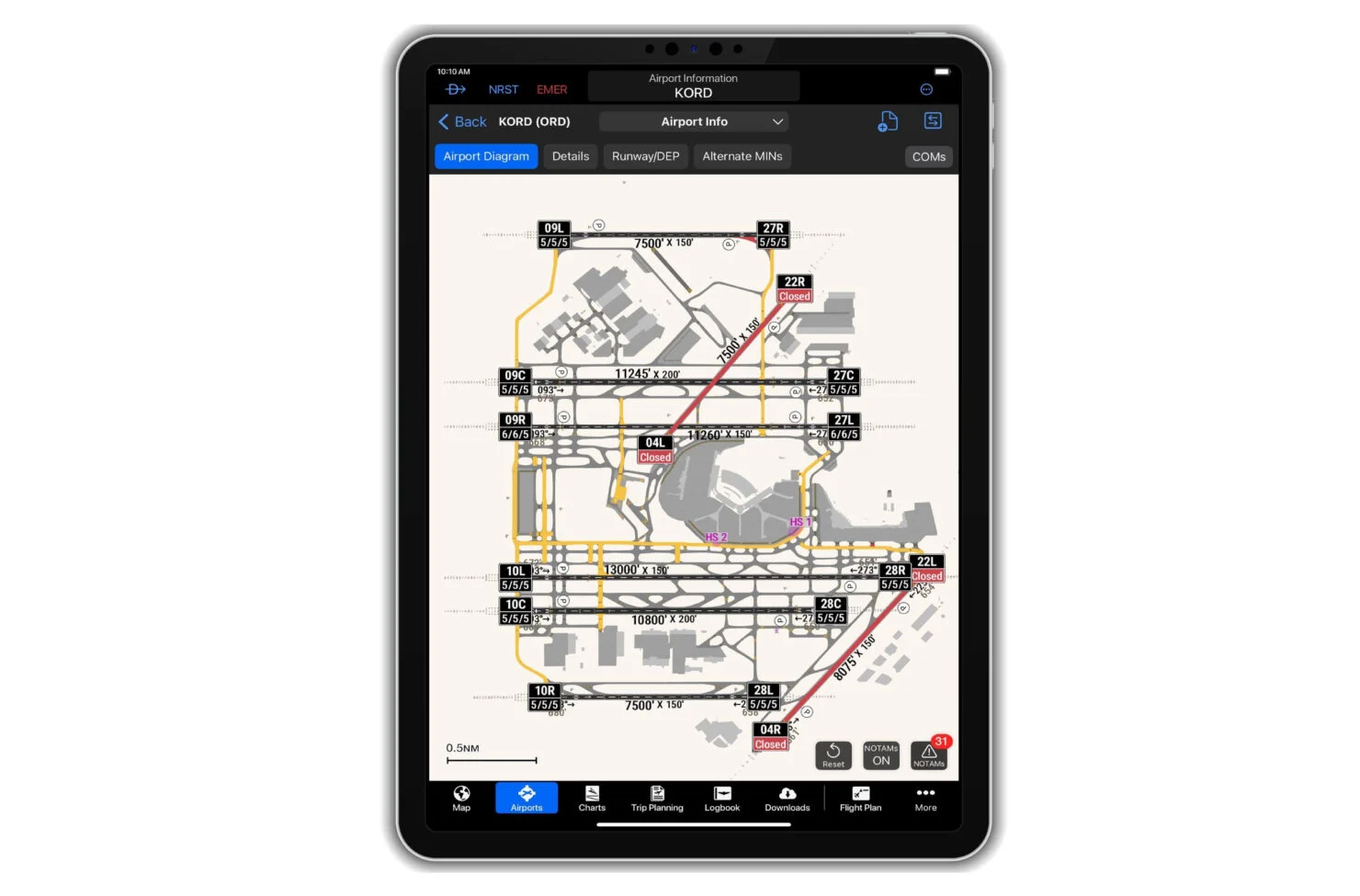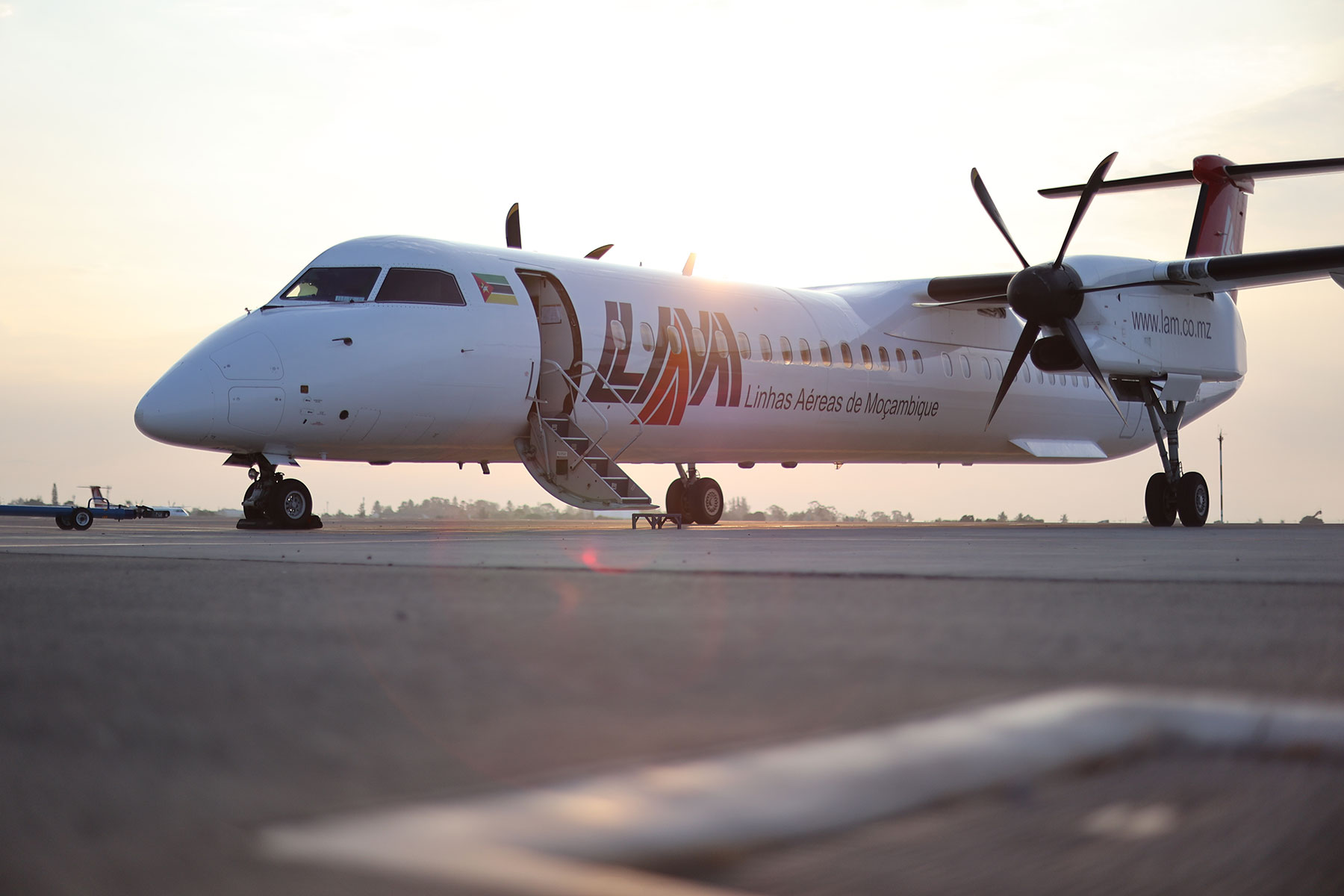When it comes to private aviation, there’s a clear divide between two types of aircraft: the ultra-luxurious jets and the more versatile turboprops. Private charter companies are dotted all over the world, each boasting their own unique offerings; from remote access to VIP lounges and intimate, private, skipping-the-queue services, flyers have an exceedingly wide choice.
We took a look at the different options, from private jets to the more sturdy turbo-props, what would suit your next trip? Let’s dive into a comparison of these two categories and see where each shines.
Private Jets: The Epitome of Luxury and Performance
First off, let’s talk about the big players—the private jets. If you think about elite, long-distance travel, jets like the Gulfstream G700 or Bombardier Global 7500 probably come to mind. These jets are in a class of their own, offering an unmatched blend of luxury, speed, and range.
The Gulfstream G700, for example, can fly 7,500 nautical miles, which means it can easily cover continents in a single trip. That’s a huge advantage if you’re constantly traveling across the globe. Not to mention, it seats up to 19 passengers and has features like large windows, customisable interiors, and a smooth, quiet ride. For those who need a mobile office or a space to unwind in between meetings, this is the jet that delivers everything you could ask for.
Then there’s the Bombardier Global 7500, which actually has a slightly longer range—7,700 nautical miles—and offers some of the most advanced technology available in private aviation today. What stands out with the Global 7500 is the onboard experience. With four distinct living spaces, including a full-size bed and a dining area, it feels more like a flying apartment than a plane. For long-haul international trips, it’s hard to beat.
But it’s not just about the size or range. The Dassault Falcon 8X, for instance, is a great example of a smaller but highly versatile jet. Its range of 6,450 nautical miles still puts it in the category of long-haul travel, and its sleek design and customizable cabin cater to those who want performance with style.
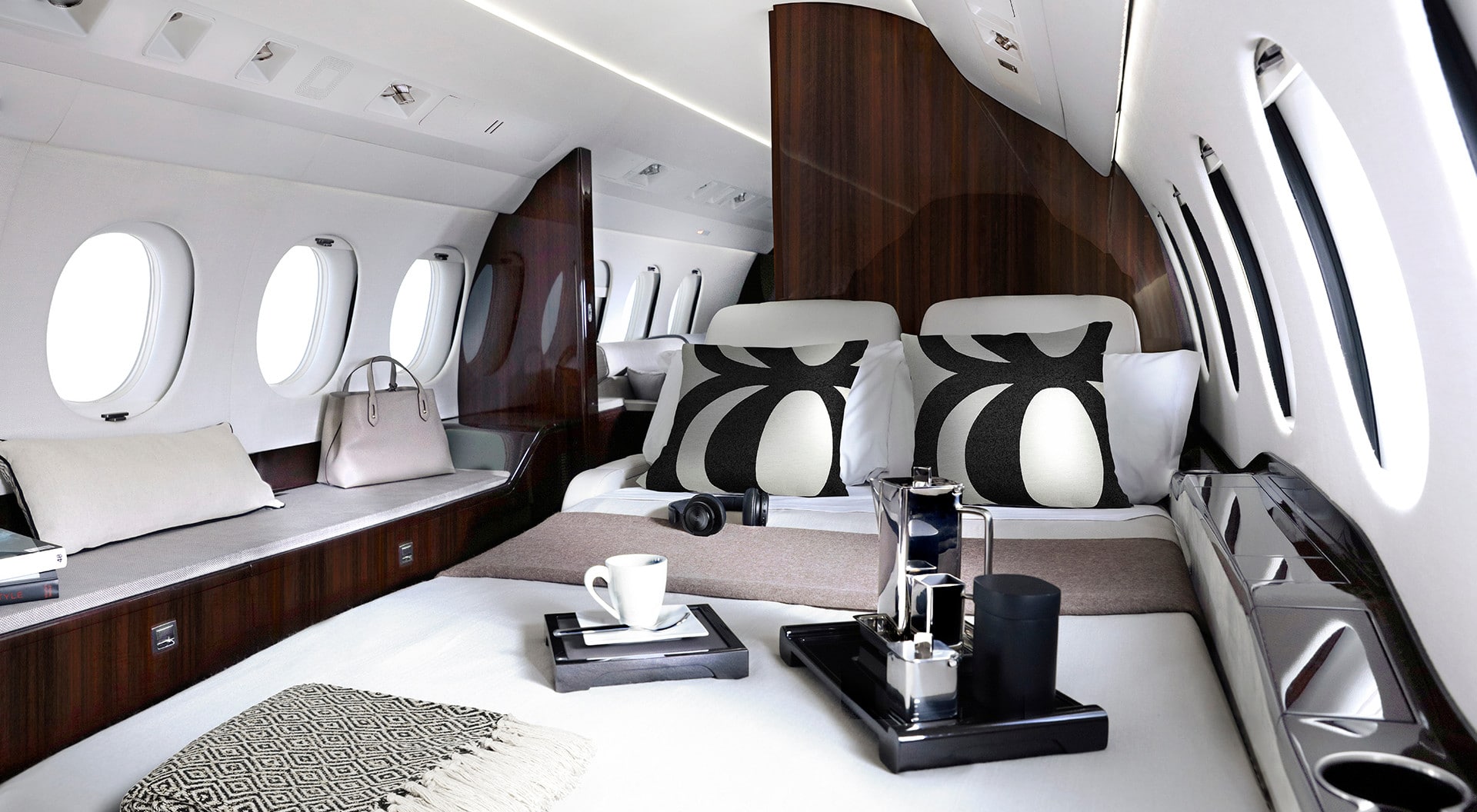
Turboprops: Encapsulating Flexibility and Efficiency
Now, while jets like the Gulfstream and Bombardier are built for intercontinental flights, turboprops like the Cessna Grand Caravan, Pilatus PC-12 and Beechcraft King Air 200 are designed for very different types of travel. These aircraft may not have the luxury or the range of jets, but they shine when it comes to short-haul flights, regional routes, and getting into smaller, less accessible airports.
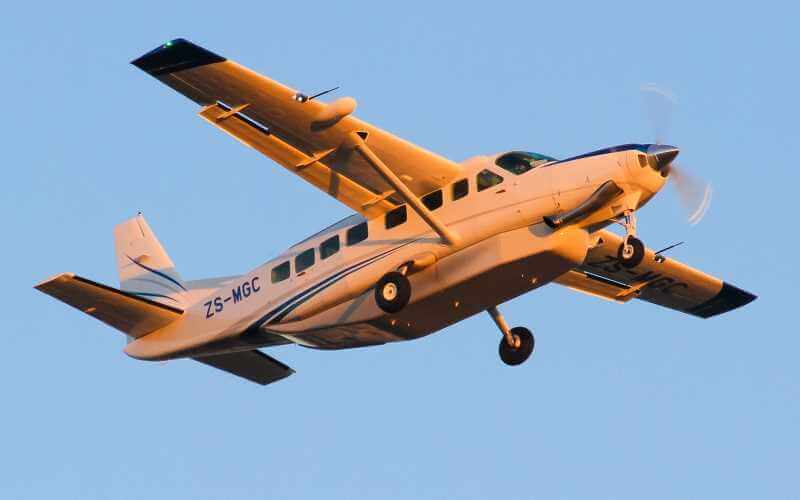
Take the Cessna Grand Caravan, for example. With a range of about 1,070 nautical miles, it’s not built for crossing oceans but rather for more regional routes. The Caravan can carry up to 14 passengers, making it ideal for cargo flights or travel to places where large jet airports aren’t available. Its rugged design also allows it to land on shorter, less developed runways, which is a huge advantage when traveling to remote locations.
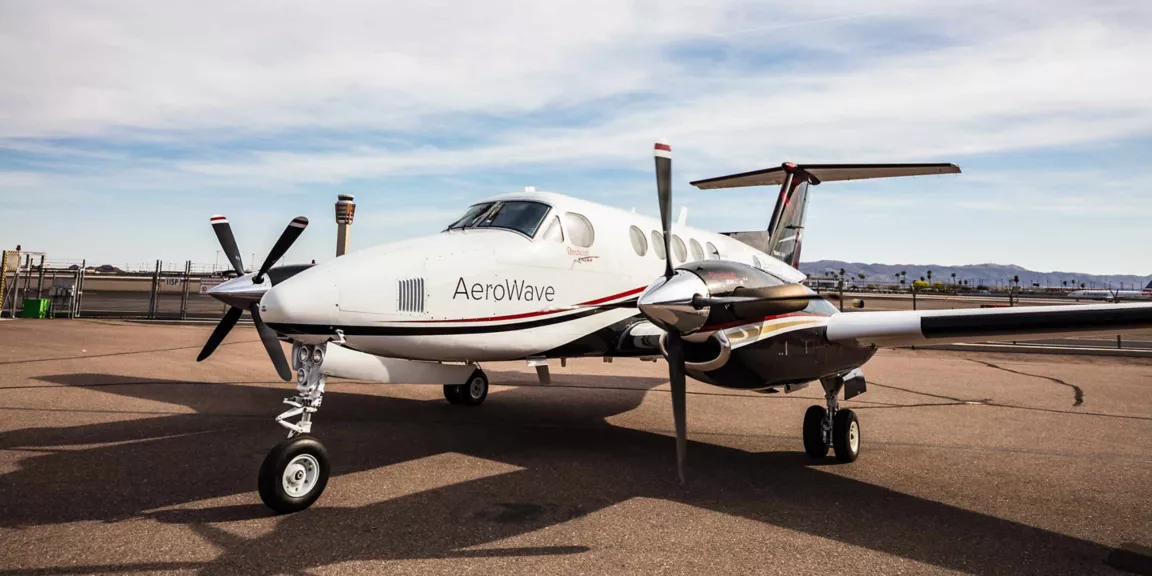
Similarly, the Beechcraft King Air 200 offers a range of 1,500 nautical miles and can seat up to 8 passengers. It’s known for its reliability and flexibility. It can land on smaller runways, making it ideal for corporate transportation in areas with limited infrastructure. Plus, it’s a favourite for those looking for fuel efficiency on regional flights, which is always an important consideration when you’re balancing costs.
The Pilatus PC-12 is a standout when it comes to versatility and performance. It has a few key advantages that make it a favourite among private travellers. First off, it’s faster than the Cessna Grand Caravan, so you’ll get to your destination more quickly. It also has a longer range, meaning it can fly further with similar payloads, which is perfect for covering more ground without compromising on capacity. The PC-12 is pressurized, which makes for a much more comfortable ride at higher altitudes compared to the unpressurised Cessna Caravan. Plus, it can cruise all the way up to FL300(30,000 feet), easily dodging any weather systems along the way—a feature that the Caravan just can’t match. And for those looking for a bit more comfort, the PC-12 offers a private lavatory with hard doors, so you can enjoy a bit more privacy than you’d get in the Caravan. It’s a great choice if you’re looking for an aircraft that combines efficiency, comfort, and the ability to travel long distances.
Jets vs. Turboprops: What’s the Right Choice for You?
So, with all that in mind, how do you decide between a jet and a turboprop? It really comes down to what you need from your aircraft.
If you’re flying internationally or need to cover long distances quickly, then jets are the clear winner. They’re built for speed and luxury, with comfortable cabins and a range that allows you to fly from continent to continent without needing to refuel. For example, if you’re a business executive who needs to travel from New York to London on a tight schedule, a Gulfstream G700 or Bombardier Global 7500 would ensure you arrive in style and on time.
But if your travel plans involve shorter trips or accessing airports in remote areas, then turboprops are going to be a better fit. The Grand Caravan and King Air 200 can access smaller airstrips and handle rougher terrain, making them invaluable for locations with limited airport facilities. For example, if you need to reach a remote mining operation or an island destination, the ability to land on a small strip could be a game-changer.
Also, let’s not forget about cost-efficiency. Jets are high-end, and they come with high-end prices. If you don’t need the extravagance of a jet, a turboprop might offer better value for your needs, especially when you’re operating on shorter routes.
Finding the Right Fit
At the end of the day, it’s about understanding your travel needs. If luxury, range, and speed are your top priorities, a private jet like the Cessna Citation Longitude or Embraer Praetor 600 is perfect for those long international flights. But if you’re looking for something more versatile, cost-effective, and capable of landing on smaller runways, a turboprop like the Beechcraft King Air 200, Pilatus PC-12 or Cessna Grand Caravan is tough to beat.
